Past Exhibition
The Irony of Capacity: A Dark, Black Comedy
Dawaun’s latest body of work offers an array of quotidian abstractions in sculpture, and trials of look-alike jokes via portraiture.
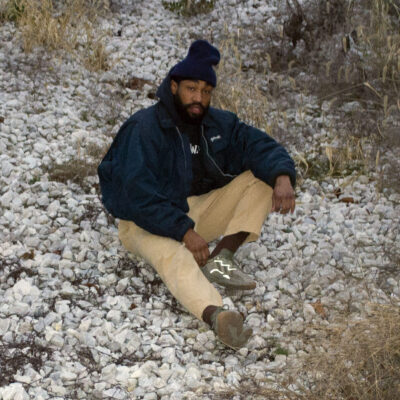
Kyrae Dawaun was born on the edge of Queens, NY, transplanted from this affective mecca onto Baltimore, Maryland, then Washington, DC. He received his Bachelor of Fine Arts at the Corcoran College of Art + Design in 2013. His timely return to working in DC came soon after an achieved Master of Fine Art at Virginia Commonwealth University in Richmond.
He has been invited to work, reside, and exhibit in Los Angeles, Italy, Toronto, and Berlin. In 2016, Pyramid Atlantic hosted him as a Denbo Fellow and in 2017 DC Commission on Arts and Humanities awarded him an Arts and Humanities Fellowship. He has recently exhibited at Virginia Museum of Contemporary Art in Hampton Roads and Sculpture Center in Long Island City.
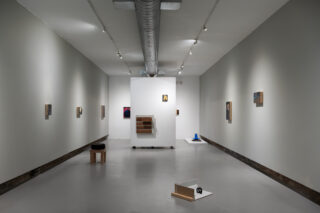
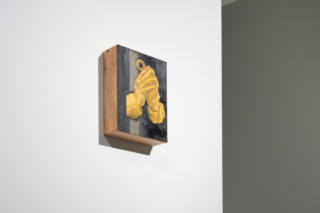


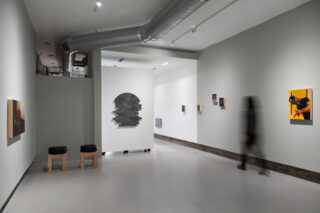
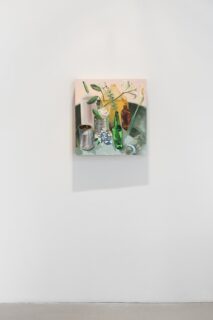
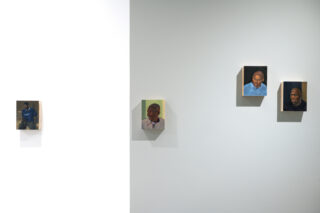
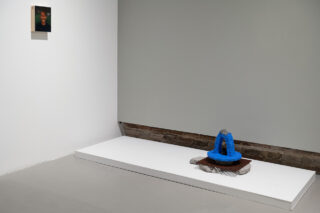
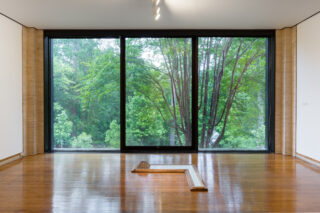
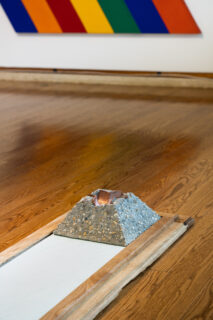
The human dependence on inorganic matter and nonhuman existence is the very fault I excavate from for my inspiration; geological transactions as it implicates human relationships. As a painting based artist I began with the investigation into the origins and chemistries in applied color—thus far including the consideration of chemistries defining our extended built environment too. What is revealed about the processing of such can connect these geological interests to human histories, behaviors, and realities.
In complaisant gesture, the sculptural work are vignettes dressing abstract figurines of casted earthen matter. Appraising finiteness, hazard and expense they are modest in size; they stand for careful indulgence. This rehearsal of an unconditional hospitality still lies in the waking Patriarchy, globally domineering and exclusive.
My studio agenda is organized as a web of entendres. I collect language, as it describes society, and allow it to reappear, reify, fold over and contradict itself. In parallel my descent into alchemical meditation and practice I am minding quotidian experiences I witness personally, locally, abroad, and broadly. Enter realist painting not devoid of abstraction.
The painted imagery I offer to an audience is edited to represent, challenge and defend a perspective more generous than my black livelihood. I am directly entangling the absent care and perverted use of this earth demonstrated by the United States hegemony to the inherent mistreatment, dismissal and neglect it has delivered to the black, and brown persons constitutional to this country today. In accordance there are many scenes to be painted in reflection of this reality, the art and media we produce in testimony, past and present.
Past Exhibition
Dawaun’s latest body of work offers an array of quotidian abstractions in sculpture, and trials of look-alike jokes via portraiture.
Past Exhibition
The second catalogue of Kinetic debuted with an exhibition at Hamiltonian Artists. We asked current Hamiltonian Artists fellows to nominate, and exhibit alongside, artists they admire.…
Past Exhibition
Hamiltonian Artists and the Kreeger Museum are pleased to present Doing The Work, featuring Hamiltonian Fellows Kyrae Dawaun, Cecilia Kim, Ara Koh, Samera Paz, and Matthew Russo.…
Past Exhibition
Hamiltonian Artists is pleased to present new.now., our annual group exhibition, debuting the work of Hamiltonian’s five distinguished 2021–2023 fellows: Kyrae Dawaun, Cecilia Kim, Ara Koh, Samera Paz, and Matthew Russo.…
Washington Post
Mark Jenkins
Washington Diplomat
Mackenzie Weinger
Washington Post
Mark Jenkins
District Fray Magazine
Colleen Kennedy